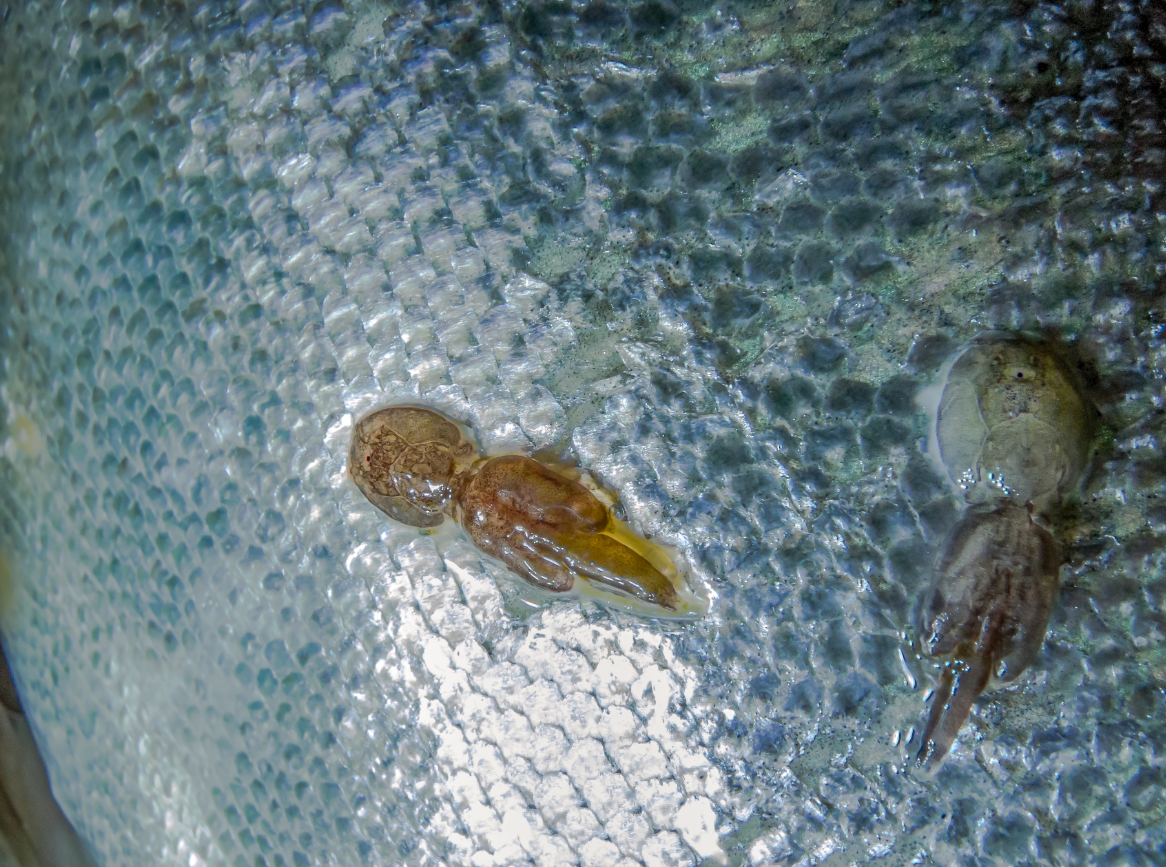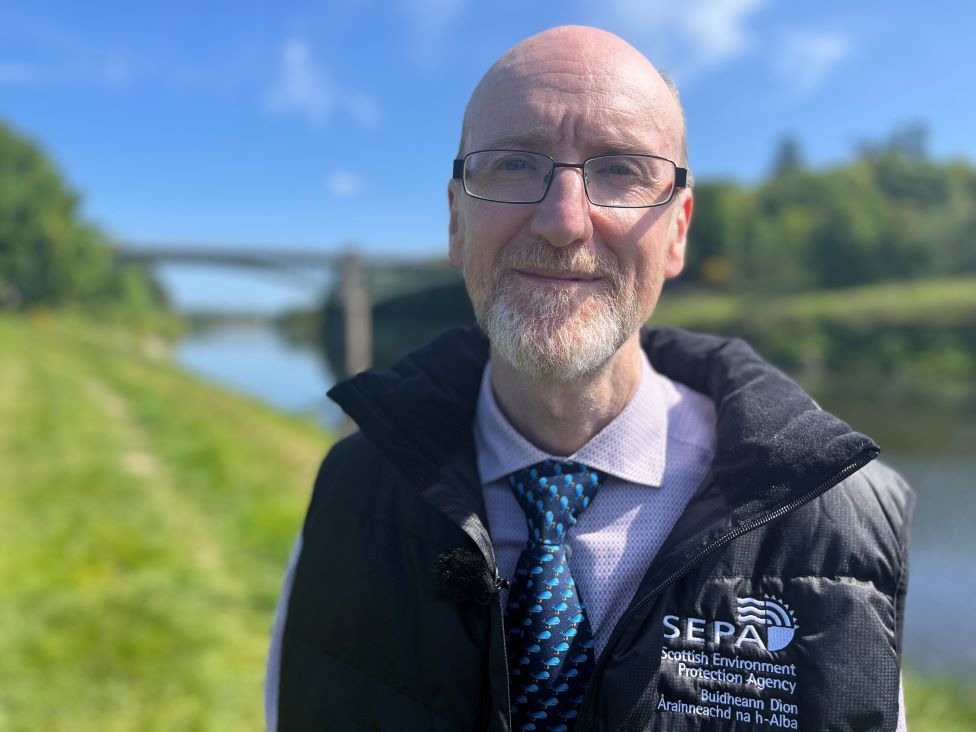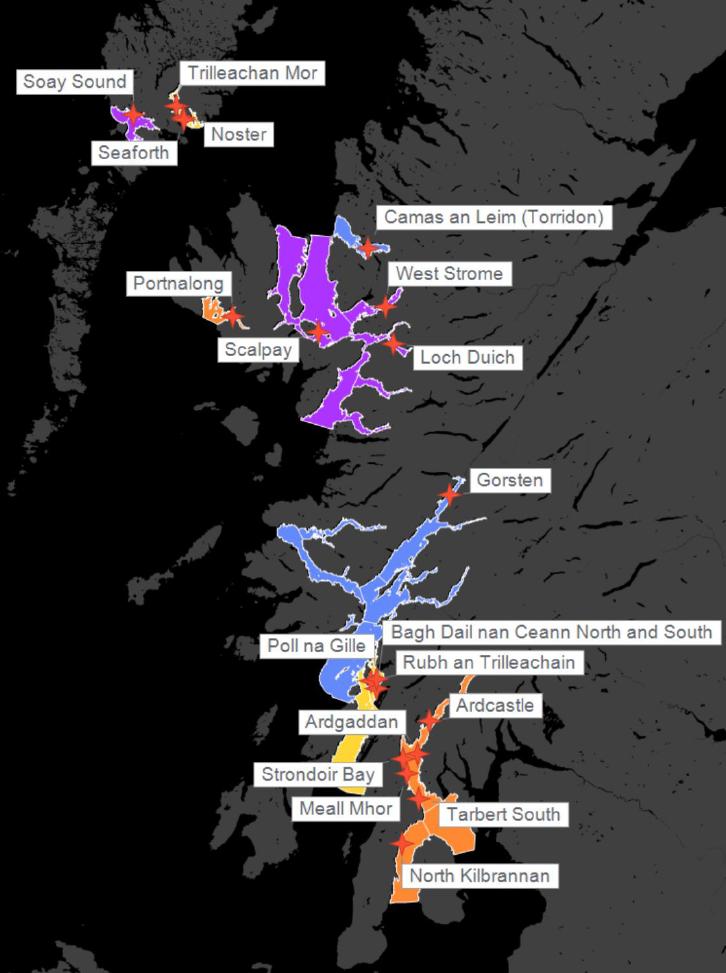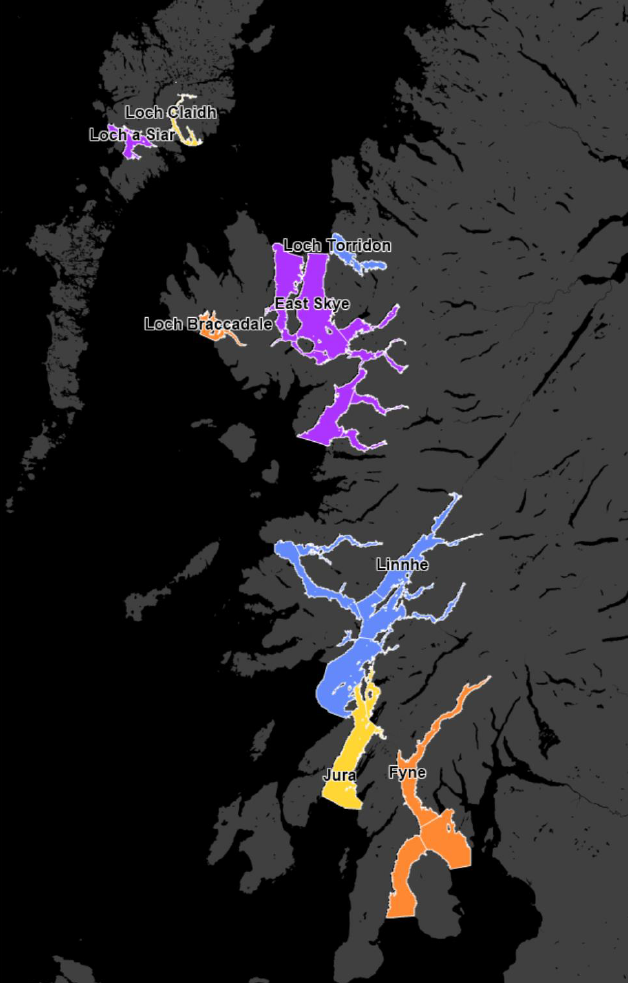Mapping out the lice threat

Consultation is over and SEPA is getting ready to start enforcing Wild Salmon Protection Zones, reports Robert Outram
The Scottish Government is to press forward with the roll-out of Wild Salmon Protection Zones, which will restrict fish farming in areas seen as high risk for wild salmon.
The proposed regulatory framework has not, however, been welcomed by Scotland’s salmon industry.
The Scottish Environment Protection Agency (SEPA) has been consulting on its plans for a sea lice framework, which will mean salmon migration bottlenecks in coastal waters designated as protection zones. The aim is to reduce the risk to young migrating salmon posed by sea lice numbers in and around salmon farms.
In the designated areas, proposals for new or expanded fish farms will not be approved unless the operators can show that sufficient mitigating factors are in place to prevent the growth of sea lice populations.
SEPA said it has adopted a “proportionate, evidence-based regulatory approach” and added “the framework will help to support the sustainable development of fish farming in Scotland by guiding development to the least sensitive locations, as well as providing an effective and efficient framework to assess risk and apply appropriate management measures, where necessary, to protect wild fish.”

Peter Pollard, SEPA
Peter Pollard, Head of Ecology at SEPA, said: “We know wild salmon populations are in crisis. Safeguarding their future requires coordinated action and a range of interests working together.
“As part of an international community working to address this shared challenge, we’re one of the first countries to take action to manage the risk posed by sea lice from fish farms to wild salmon.
“Scotland is emerging as a pioneer in sustainable aquaculture and we’re confident in the industry’s ability to adapt to the changing regulatory landscape, as it has done successfully before now.”

Mairi Gougeon
Mairi Gougeon, Cabinet Secretary for Rural Affairs, Land Reform and Islands, said: “Salmon is one of Scotland’s most iconic species and I am grateful for SEPA’s support in developing this framework.
“Our Vision for Sustainable Aquaculture values the role of aquaculture in producing world-renowned healthy and quality seafood, whilst recognising that its delivery and development must be sustainable.
“The framework will support sustainable development of fish farming worth more than £1 billion to our economy, ensuring our communities continue to realise the benefits of aquaculture by guiding development to the least-sensitive locations and protecting the environment, whilst making the development process more efficient and effective.”
SEPA said that its framework had been developed on the basis of cutting-edge scientific models, in collaboration with leading scientists in Scotland and Norway, other regulators, finfish producers, environmental NGOs, coastal community groups and wild fishery interests.

Farms characterised by SEPA as posing the highest relative risk
Timetable for action
SEPA said the framework will be implemented in phases and will sit alongside the wider set of regulations introduced in 2019, which already controls all discharges from marine finfish farms to the water environment.
The framework for protection of wild salmon will be applied when determining applications for proposed new farms and for increases in the number of fish at existing farms on the West Coast and Western Isles from 1 February 2024.
The obligation for existing farms to report lice counts and fish numbers starts from March 2024. Farmers will be required to report the number of adult female sea lice per farmed fish between mid-March and 30 October each year.
Later this spring, pilot monitoring programmes in prioritised Wild Salmon Protection Zones will begin. From March 2025, sea lice limit conditions reflecting current performance (standstill conditions) will apply to existing, higher relative-risk farms.
Next year, protective measures for sea trout, including in the Northern Isles (Orkney and Shetland), will be implemented. As there are deemed to be no salmon rivers in the Northern Isles, they have not been assigned Wild Salmon Protection Zones.
SEPA says that it will assess farm development proposals with the help of screening models. This will identify proposals unlikely to pose a significant risk to wild salmon populations and which do not require further assessment. This, it says, means that developers will not need to carry out their own sea lice risk assessment when making an application.
The organisation made an initial assessment of the seven relevant applications or preapplications for new or expanded farms that were in process on 30 November 2023. Its initial assessment concluded that none of these development proposals are likely to require further assessment. SEPA has also assessed 164 existing farms on the West Coast and around the Western Isles using the models. This assessment placed 103 (63%) of them in the lowest risk category.
When granting authorisation for farm developments, SEPA will require the farms to report the average number of adult female sea lice per fish, as well as the total number of fish on their farms each week between mid-March and 30 October.
Except for farms in the lowest relative-risk category, this includes risk-proportionate permit conditions limiting the average and maximum number of adult female lice on the farms. The limit conditions will apply between mid-March and 31 May each year, the sea lice management period for protecting wild salmon.
SEPA has extended the reporting period for weekly counts of sea lice and fish numbers compared with that proposed in the consultation – this is to take account of the fact the young sea trout remain in coastal waters for longer than is the case with migrating salmon.
SEPA will ensure compliance with permit conditions by running checks on reported data; carrying out farm inspections; taking appropriate action in line with its enforcement policy where it has identified non-compliance; and publicising whether farms’ performances are good, acceptable or unacceptable when the new performance assessment scheme comes into effect.

Map showing location of prioritised Wild Salmon Protection Zones
Industry isn’t convinced
Industry body Salmon Scotland is sceptical regarding the basis of SEPA’s models, however. Salmon Scotland Chief Executive Tavish Scott said: “We support regulation based on fact, evidence and sound science.
“The Scottish Government commissioned Professor Russel Griggs to conduct an independent regulatory assessment; his recommendations were all accepted by ministers and were for better, more streamlined regulation.
“Now the sector faces not that but more regulation. Additionally for a new regulation, SEPA cannot explain how it will measure success.
“We support measures to address the decline in the population of wild salmon in Scottish waters. The Scottish Government has previously identified more than 40 pressures on wild salmon stocks, of which sea lice is just one. We are still waiting to see what government and its many agencies are going to do on the other identified pressures.”
In its response to the May consultation, Mowi Scotland expressed some concerns over the delivery timetable, while Scottish Sea Farms said the online platform on which it was planned to publish sea lice data needs to be improved or replaced.
In contrast, some fisheries bodies and environmental organisations called for the timetable not to slip or even to be brought forward.
Coastal Communities Network Scotland, which has long campaigned against salmon farming, also argued that the “precautionary principle” should mean that SEPA should be able to take decisive action on existing farms over lice levels, even before SEPA’s lice modelling exercise is completed.
Now, however, the consultation is over. The coming year will show what the new regulations will mean for the industry.

